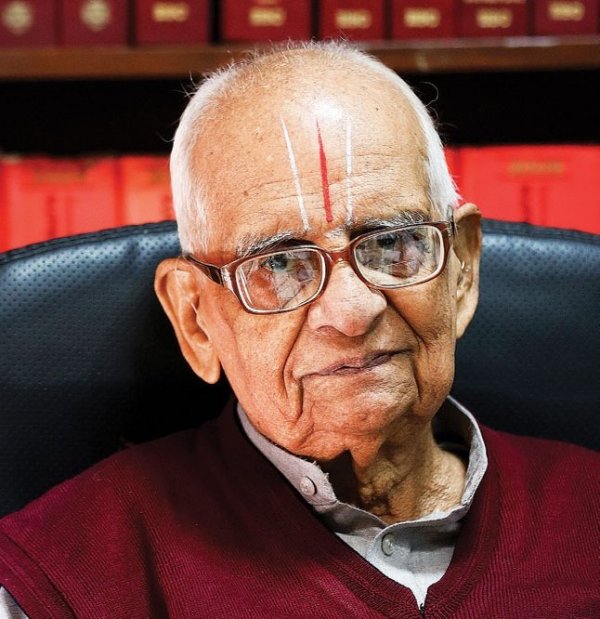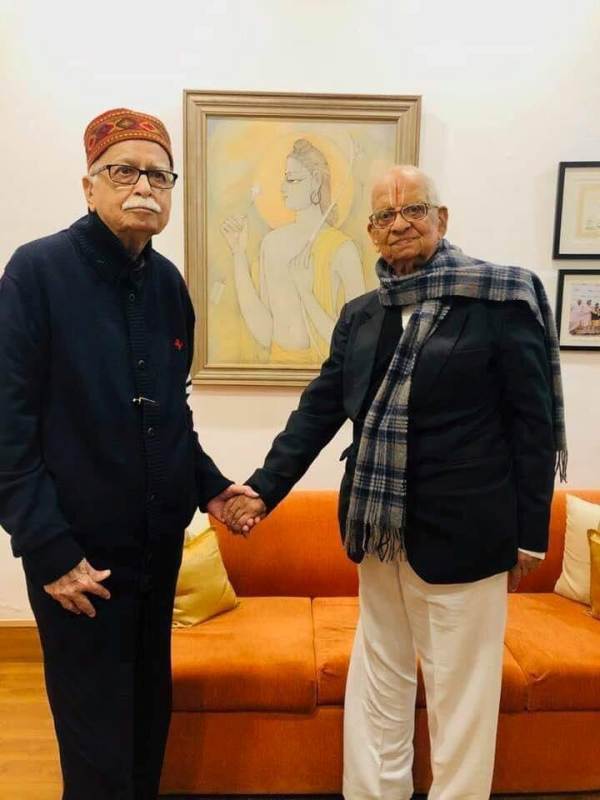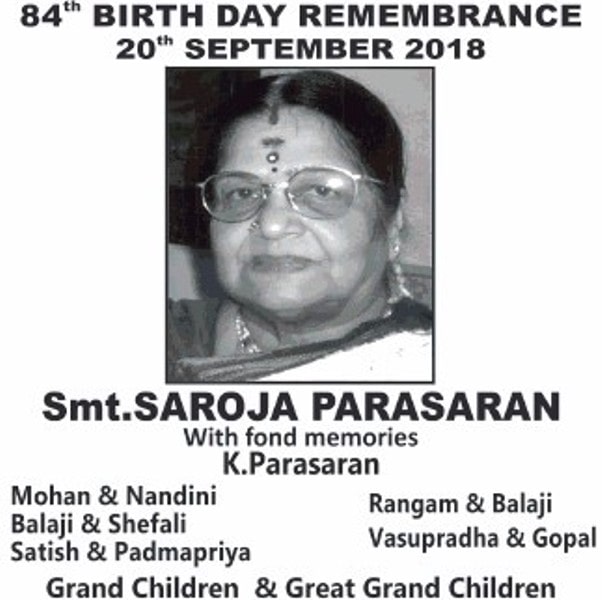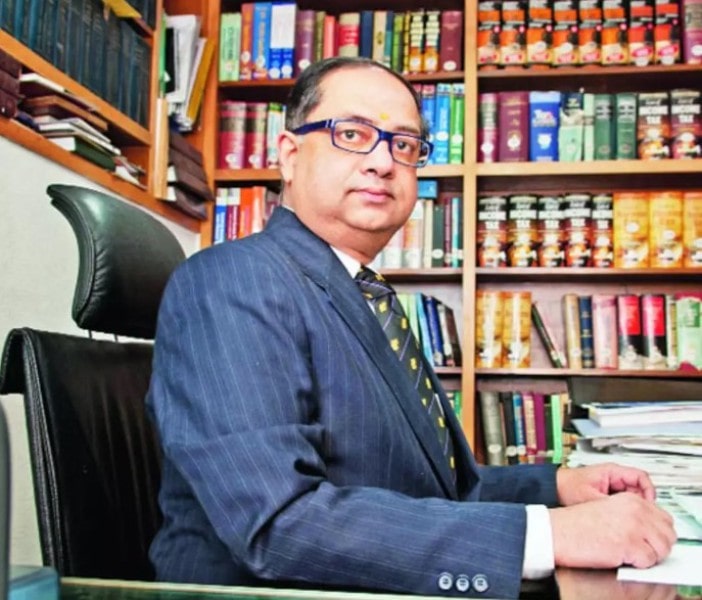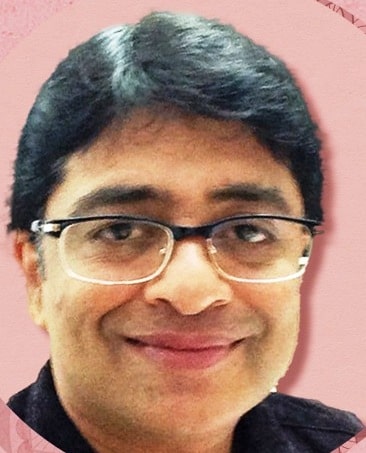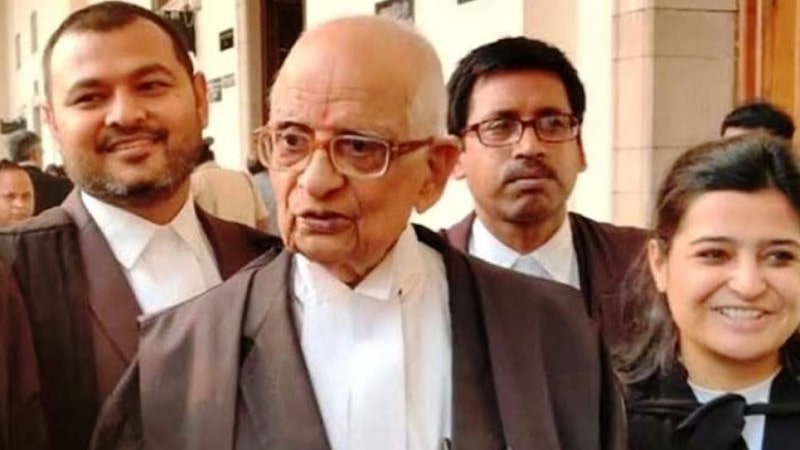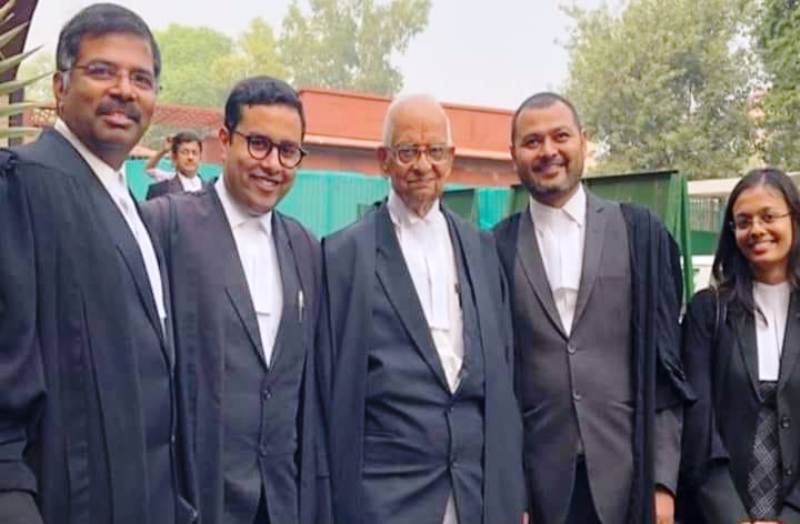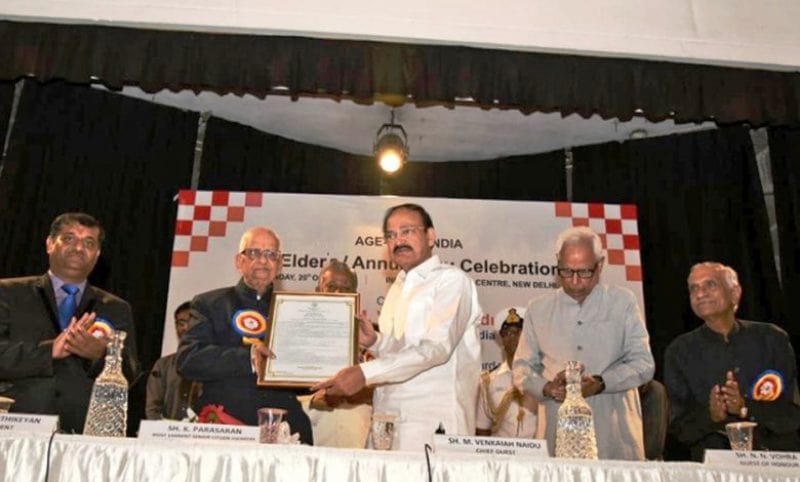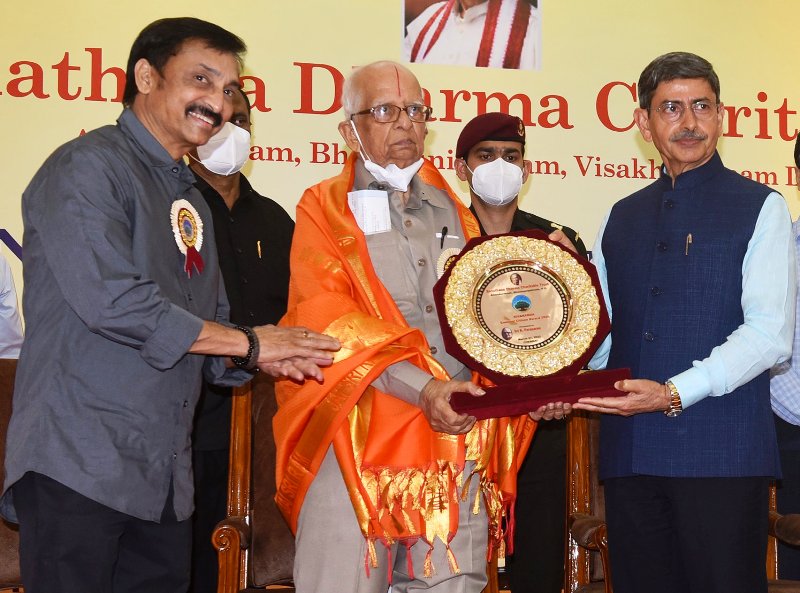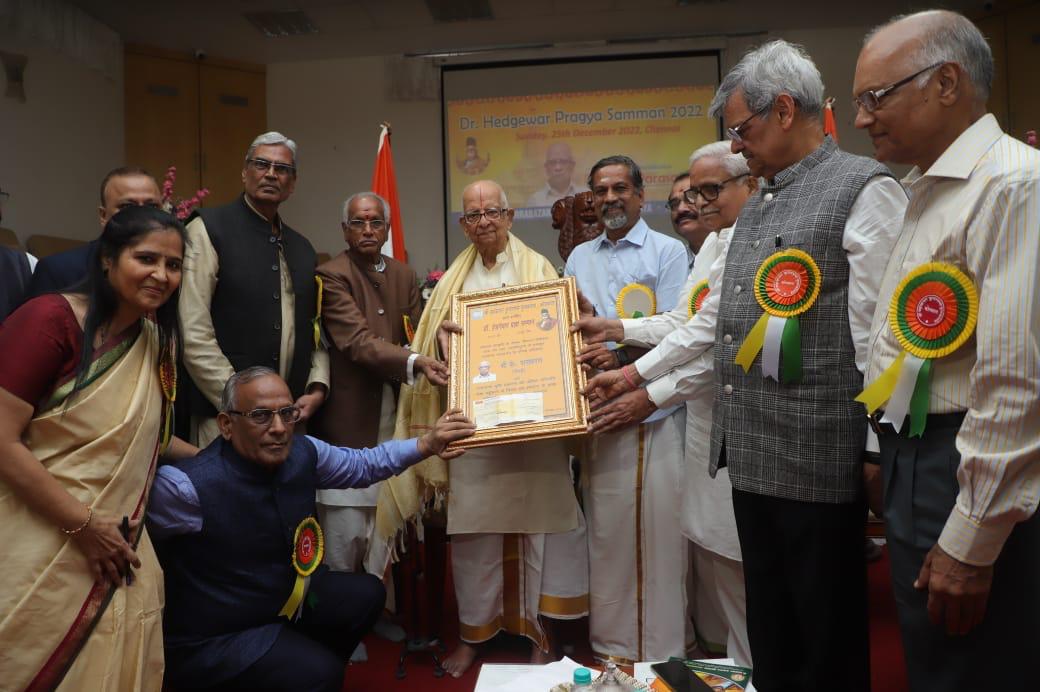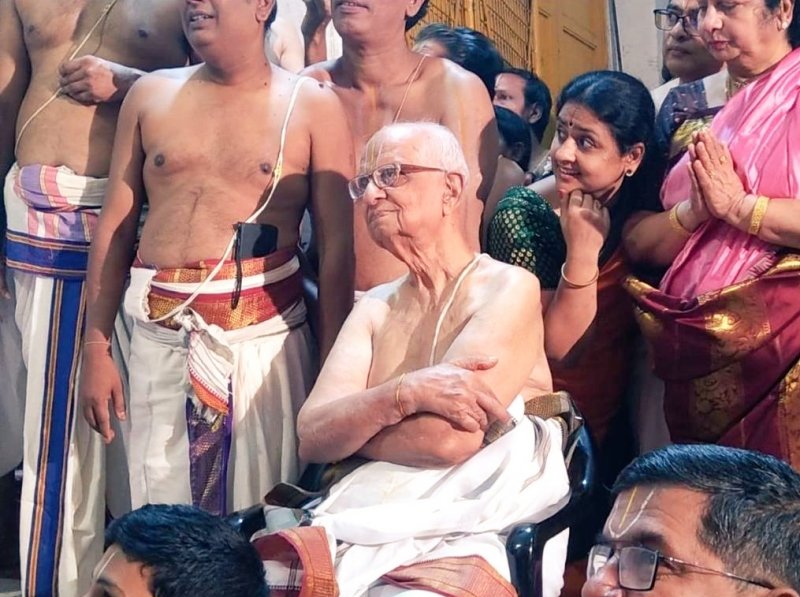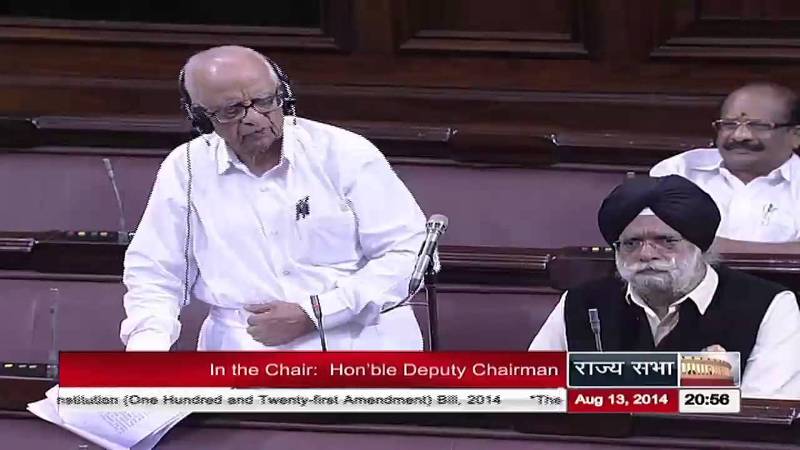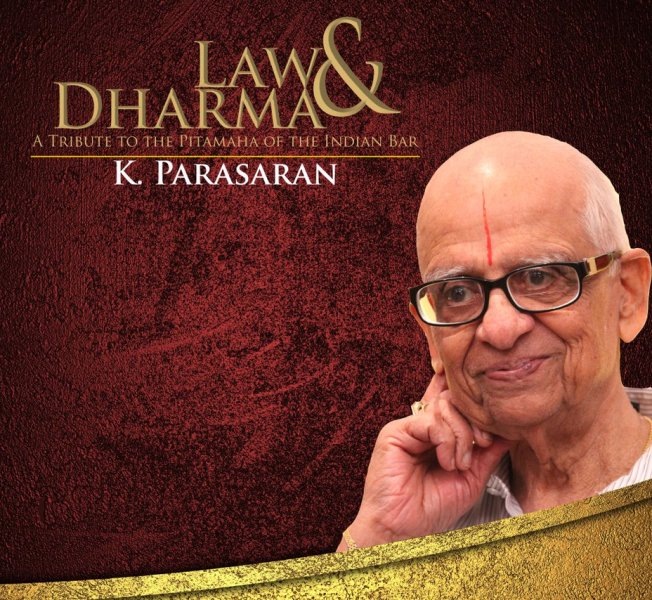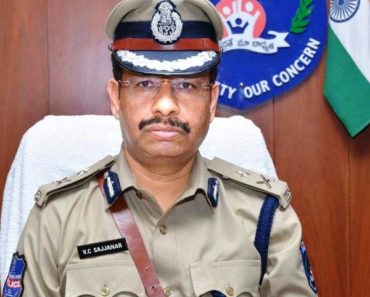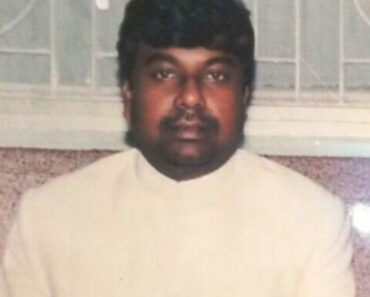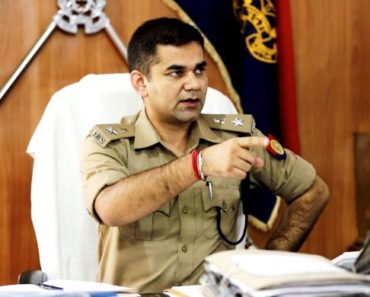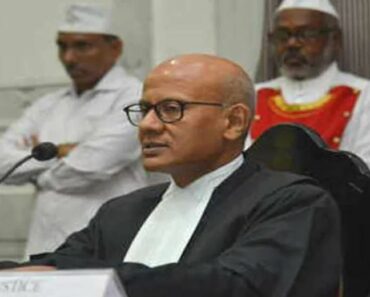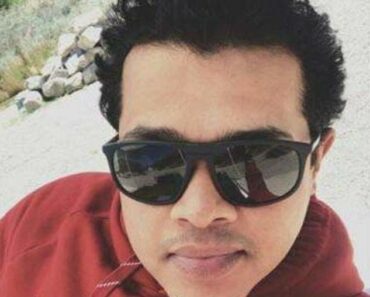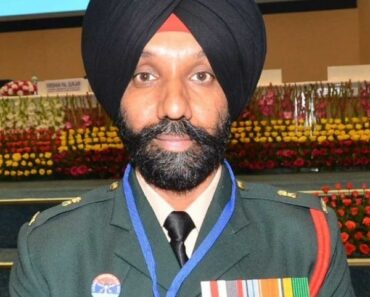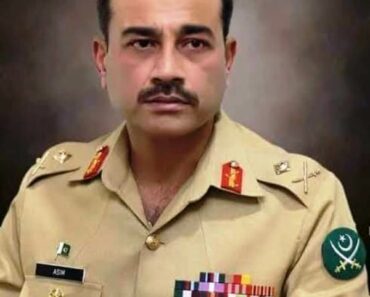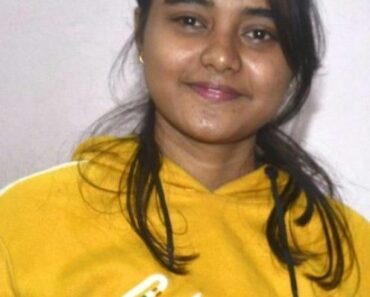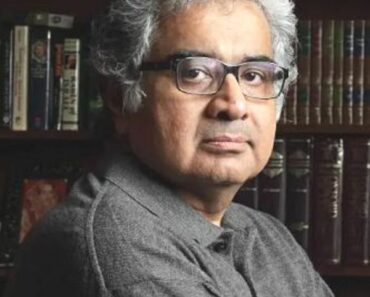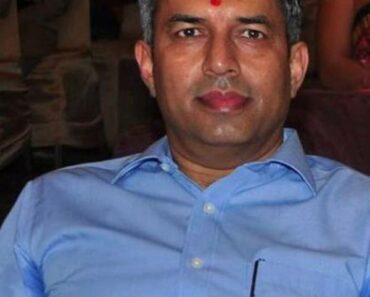K. Parasaran is an Indian advocate who has been practising law in the Supreme Court of India since 1958. He is well-known for his involvement in the Sabarimala temple entry ban and the Ayodhya land dispute cases. Parasaran has held various high-ranking law-related government posts such as Advocate General of Tamil Nadu, Solicitor General of India, and Attorney General of India.
Contents
Wiki/Biography
Kesava Iyengar Parasaran was born on Sunday, 9 October 1927 (age 96 years; as of 2023) in Srirangam, Madras State, British India (now Tamil Nadu, India). His zodiac sign is Libra. After completing his schooling in 1942 at The Hindu Higher Secondary School (HHSS) in Chennai, Parasaran enrolled at the Presidency College in Chennai, where he earned a bachelor’s degree in arts in economics in 1946. Upon completing graduation, he was employed at the University of Madras in Chennai, where he worked for a short while before quitting his job to pursue a bachelor’s degree in law (LLB) at the Madras Law College (now known as Dr. Ambedkar Government Law College) in Chennai. At Law College, he received the Shri Justice C.V. Kumaraswami Sastri Sanskrit Medal and the Justice Shri V. Bhashyam Iyengar Gold Medal for his expertise in Hindu Law in 1949. After completing his formal education, he took the Bar Council of India examination and passed it; he received the Justice Shri K.S. Krishnaswamy Iyengar Medal for scoring good marks in the exam.
Physical Appearance
Height (approx.): 5′ 6″
Hair Colour: Grey (semi-bald)
Eye Colour: Dark Brown
Family & Caste
K. Parasaran belongs to a Pancha Dravida Hindu Brahmin family in Tamil Nadu.
Parents & Siblings
His father, R. Kesava Aiyangar, was a Madras High Court lawyer and Vedic scholar. He also served as a Senior Advocate of the Supreme Court of India. He passed away at the age of 99. His mother’s name is Ranganayaki (deceased).
Wife & Children
His wife, Saroja Parasaran, was a philanthropist who was associated with various NGOs. He got married to her on 11 July 1949. She passed away on 6 July 2010 at the age of 75 due to an age-related illness.
He has three sons and two daughters. His son, Mohan Parasaran, is a lawyer who held the post of the Solicitor General of India during the UPA-II regime.
His son, Balaji Parasaran, is also a lawyer. His third son, Satish Parasaran, is a senior advocate and a Tamil Nadu Bar Council member.
His daughter, Rangam Balaji, is a literary scholar and a lyricist. His other daughter’s name is Vasupradha.
Religion
K. Parasaran follows Hinduism, and he is a devotee of Lord Parthasarathy. According to sources, he follows Hinduism strictly.
Address
He resides at House number 8, Eighth Street, Dr. Radhakrishnan Road, Mylapore, Chennai – 600004, Tamil Nadu, India.
Career
In 1950, K. Parasaran started practising law at the Madras High Court. He began practising in the Supreme Court of India in 1958. There, he used to represent his clients in Hindu religion-related cases. In 1963, he became one of the founding members of the Chennai-based Revenue Bar Association (RBA). In 1971, the Union government appointed him the Senior Standing Counsel in the Madras High Court. On 17 June 1976, during the emergency in India, Parasaran was appointed as the Advocate-General of Tamil Nadu; however, he quit his post in 1978. The Indira Gandhi-led Union government appointed him as the Solicitor General of India on 6 March 1980, a post he held until 8 August 1983. In an interview, Parasaran recalled an incident and said that he offered to tender his resignation as the Solicitor General of India when the Union government asked him to represent it in a case related to the demolition of The Indian Express building, going against his advice. According to him, he had advised the government not to proceed with the demolition of the building as it was not proven to be illegal. He said,
I advised the government to not act on the show-cause notice issued to demolish the Indian Express building as it was legally untenable. When the Indira Gandhi government ignored my opinion, I refused to defend the government in court and offered to resign if I was forced to appear.”
On 9 August 1983, K Parasaran was appointed as the Attorney General of India. From 1984 to 1985, he presided over the Indian Society of Criminology. He held the presidency of the Bar Association of India from 1984 to 1987. As the AGI, K. Parasaran led the Indian delegation to New York to present a report on the International Covenant on Civil and Political Rights in front of the United Nations Human Rights Commission (UNHRC). On behalf of the 1984 Bhopal Gas Tragedy victims, he served as the representative for the Indian government in the case against Union Carbide. He joined the Permanent Court of Arbitration in The Hague, Netherlands, as a permanent member in 1986. His tenure as the AGI ended after he resigned from the post in November 1989. During the Prime Ministership of Atal Bihari Vajpayee, Parasaran held the post of a member of the National Commission for Review of Working of the Constitution. As a lawyer, he has been involved in various inter-state river water dispute cases, such as the Cauvery River water dispute between Tamil Nadu and Karnataka, the Dam Safety dispute regarding Mullai Periyar Dam between Tamil Nadu and Kerala, and the Krishna River water dispute involving Tamil Nadu, Andhra Pradesh, and Maharashtra.
Notable Cases
I. C. Golaknath and Ors. vs State of Punjab and Anrs. (1967)
In this Indian Supreme Court case, the ruling emphasized that Parliament lacked the authority to restrict any Fundamental Rights outlined in the Constitution.
Maru Ram Vs Union of India (1981)
In this case, the Supreme Court ruled that the President and the Governor of a state did not hold the power to grant a pardon to a prisoner of their own will and that it could be granted only on the recommendation of the Council of Ministers of the respective governments.
R. K. Garg Vs Union of India (1981)
This case challenged the constitutionality of the 1981 Special Bearer Bonds (Immunities and Exception) Act. According to the statute, Indian citizens purchasing Special Bearer Bonds were exempted from the Income Tax Department’s inquiries regarding the source of funds used for buying the bonds. R. K. Garg objected to this provision, claiming it unfairly affected law-abiding individuals while benefiting those with black money.
S. P. Gupta Vs Union of India (1981)
In this case, the Supreme Court, in its judgement, said that the Chief Justice of India’s decision regarding the appointment of the judges is not binding.
S. P. Mittal Vs Union of India (1983)
This case addressed the interpretation of “religious denomination” under the Indian Constitution in relation to religious freedom.
Sheonandan Paswan Vs State of Bihar (1983)
This case discussed the right of a public prosecutor to withdraw from a case. The Supreme Court, in its ruling, confirmed the constitutional validity of a public prosecutor’s authority to withdraw from a case against an individual in court but with the consent of the court.
Hoechst Pharmaceuticals Vs State of Bihar (1983)
The petitioner, Hoechst Pharmaceuticals, filed a litigation against the Bihar government over the implementation of the Bihar Finance Act of 1981 under which the government charged taxes on the pharma companies in Bihar. In the judgement, the Supreme Court upheld the constitutional validity of the Bihar Finance Act.
Union of India Vs Bombay Tyre International Ltd. (1984)
In this case, the apex court laid down the conditions for deducting post-manufacturing expenses when determining the assessable value for tax deduction under the Central Excise Act.
LIC Vs Escorts Ltd. (1986)
This case addressed the relevance of Article 14 of the Indian Constitution in situations involving a state-owned agency holding shares in a company.
Indian Express Newspapers Vs Union of India (1985)
The Indian Express filed a litigation in the Supreme Court seeking judgment regarding the levying of taxes on newspapers. The petitioner also argued that the implementation of taxes on newspapers went against Freedom of Expression. The Supreme Court, in its judgement, held that although no tax could be imposed on the exercise of the right to freedom of expression, taxes could be applied to professions, occupations, trades, businesses, and industries, including the newspaper industry.
Sampath Kumar Vs Union of India (1987)
In this case, the petitioner questioned the constitutional validity of the judgements given by the Administrative Tribunals established under Article 323A. However, the Court confirmed the constitutionality of Article 323A and multiple provisions within the Administrative Tribunals Act.
Kehar Singh Vs Union of India (1989)
In this case, the apex court, in its ruling, held that the President of India, by the power given under Article 72, is empowered to review the evidence in a criminal case and reach a different conclusion than that of a court regarding the sentencing of the accused.
Indra Sawhney Vs Union of India (1992)
In this case, the petitioner, Indra Sawhney, argued that the 27 per cent reservation given to the Other Backward Classes (OBCs) in government services should exclude the “creamy layer,” i.e., those earning more than Rs. 1 lac per year. The petitioner also argued that there should be no reservation for OBCs in promotion in government jobs as well.
Unni Krishnan Vs State of A. P. (1993)
In this case, the petitioner, Unni Krishnan, questioned the Andhra Pradesh government’s duties in providing education. The Supreme Court, in its ruling, said that there is no fundamental right to professional education and clarified that the right to education for individuals aged 14 and above is dependent upon the economic capacity and infrastructure development of the state.
R. C. Poudyal Vs Union of India (1994)
The petitioner, Poudyal, in the Supreme Court, challenged the reservation of one seat for the Sanghal minority (Buddhist Lamaic Religious Monasteries) and the twelve seats for individuals of Bhutia-Lepcha origin in the Sikkim Legislative Assembly, citing violation of secular principles of the Constitution. The court held that the authority of the legislature to reserve seats rested with the state legislature, in accordance with the power granted under Article 371F of the constitution.
S. R. Bommai Vs Union of India (1994)
This case was filed by the petitioner, Bommai, regarding the declaration of the President’s Rule (under Article 356) in states that led to the immediate dismissal of the state governments. In its observation, the Supreme Court said that the imposition of the President’s Rule should not be used at the will of the Central government for political gains but only in the case of extreme emergency. The court also established several principles to restrict the provisions outlined in Article 356.
T. N. Seshan Vs Union of India (1995)
In this case, Seshan, the then Chief Election Commissioner (CEC), filed a PIL in the Supreme Court challenging the Central government’s passage of Article 342(2) leading to the appointment of two additional Election Commissioners (ECs). However, the court gave its verdict in favour of the Union government.
J. Jayalalitha Vs M. Chenna Reddy (1998)
The former Chief Minister of Tamil Nadu, Jayalalitha, filed a litigation in the apex court in which she contested the power vested in the Governor of Tamil Nadu to initiate legal proceedings against a Chief Minister. The court, in its ruling, upheld Jayalalitha’s arguments, stating that the Governor of a state does not possess the power to authorize the prosecution of a Chief Minister.
P. A. Inamdar Vs State of Maharashtra (2005)
This case was about Article 30. It concerned the establishment of quotas for unaided professional institutions and the conduct of admission exams for these colleges. The Supreme Court ruled that the Maharashtra state government lacked authority over the formulation of the admission and administration policies of minority-established educational institutes.
M. Nagaraj Vs Union of India (2006)
In this case, Nagaraj, the petitioner, contested the Union government’s authority to amend the constitution to extend the reservation in promotion to the SCs/STs in government services. The Supreme Court, in its ruling, said that the government cannot exceed the reservation of more than 50 per cent and has to exclude the Creamy Layer, like in the case of OBCs, and prove that the mentioned caste or tribe is indeed backward.
Ashoka Kumar Thakur Vs Union of India (2008)
Ashoka Kumar Thakur challenged the Union government’s 2006 decision to give a reservation of 27 per cent to the OBC students, based on the findings of the Mandal Commission (1992), for taking admissions in government-run colleges. The decision of the government was upheld by the Supreme Court. However, the court opined that the Creamy Layer, earning Rs. 2,50,000 per annum, should be excluded from getting the reservation.
The Sabarimala Case
K. Parasaran advocated for the Nair Service Society in the Supreme Court when they sought to prohibit the entry of menstruating women into the Sabarimala temple due to the celibacy of Lord Ayyappan, the deity to whom the temple is dedicated. Parasaran, during the case presentation, cited shlokas from the Sundarakanda of the Ramayana to explain the concept of “Naishtika Brahmacharya,” denoting the celibate nature of Lord Ayyappa. In his argument, in front of the judges, he said,
If a person asks ‘can I smoke when I pray’, he will get a slap. But if he asks, “can I pray as I smoke, he will be appreciated. So, the right question will bring the right answer, a wrong question will bring a wrong answer.”
However, the Supreme Court’s five-judge bench, consisting of Chief Justice of India (CJI) Ranjan Gogoi and Justices Rohinton Nariman, A. M. Khanwilkar, D. Y. Chandrachud, and Indu Malhotra, ruled against the arguments, ultimately permitting the entry of women.
Ayodhya Land Dispute Case
The case was at first taken up in the Allahabad High Court and then at the Supreme Court over the allocation of the land for building the Ram Temple in Ayodhya, Uttar Pradesh. In this case, K. Parasaran served as the legal counsel for the Hindu parties and represented the infant deity Ram Lalla Viraajman. The verdict was delivered by a five-judge Supreme Court bench in 2019. In the verdict, the court allotted the disputed Ram Mandir site to the Hindu parties and instructed the Government of India to establish a trust to oversee the temple’s construction. The court also ordered the government to allocate some land to the Waqf Board for the construction of a mosque.
Awards & Honours
- The Annamalai University in Tamil Nadu bestowed an honourary degree in Doctor of Law on him in 1989.
- In 2002, he was given The Great Son of the Soil Award by the All India Conference of Intellectuals.
- K. Parasaran received the Sadhana Award for Excellence in Law and Public Affairs from the Samudhaaya Foundation in 2003.
- The Government of India awarded the third-highest civilian award, the Padma Bhushan, to him in the same year.
- He has received the Rashtriya Samman from the Central Board of Direct Taxes, Chennai Region.
- In 2005, he was given the Centenarian Lifetime Achievement Award from the Centenarian Trust.
- He won the National Law Day Award from the Indian Council of Jurists (International Lawyers Network).
- He received the Most Eminent Senior Citizen Award in 2019 from Vice President M. Venkaiah Naidu.
- He was presented with India’s second-highest civilian award, the Padma Vibhushan, in 2011 by the President of India.
- In 2012, Parasaran was awarded the Award of Law Legend by the Revenue Bar Association (RBA).
- The Society of Indian Law Firms and Menon Institute of Legal Advisory Training awarded him with the SILF-MILAT Professor (Justice) A.B. Rohatgi Jurist Award in 2015.
- The Chief Justice of India presented an award to him in 2016 during the Constitution Day celebrations.
- In the same year, Parasaran received another award for outstanding contribution to the development of the legal profession in India as well as for his deep involvement and conscientious encouragement in the promotion and maintenance of the highest standard at the Bar.
- In 2017, he received the For the Sake of Honour Award from the Rotary Club.
- He received the Most Eminent Senior Citizen Award by Age-Care India in 2019.
- He won the Sree Narayana Guru Award for Social Work from the media outlet Swarajya Marg in 2020.
- In the same year, he received the Sivananda Eminent Citizen Award from the Government of Tamil Nadu for his contribution to the field of law.
- In 2022, he was given the Dr. Hedgewar Pragya Samman Award in Chennai for his contribution to the field of law.
Facts/Trivia
- His name is also spelt as Parasaran Kesava Iyengar.
- In an interview, K. Parasaran revealed that he byhearted the shlokas written in Ramayana by the time he reached class 7.
- He was given the name Pitamaha of the India Bar for his contribution to the law without compromising his religion by the former Supreme Court judge Sanjay Kishan Kaul.
- His deceased wife, Saroja, is the first cousin of the famous Indian actor Kamal Haasan.
- The Government of India made him the leader of the Shri Ram Janmabhoomi Teerth Kshetra trust in 2019. He, however, was later replaced by Mahant Nritya Gopal Das. The trust will oversee the construction of Ram Mandir in Ayodhya. Initially, as per sources, the trust was registered at Parasaran’s residential address.
- In June 2012, he became a Member of the Rajya Sabha; he served as a parliamentarian till 2018. He was nominated by the President of India.
- In 2016, a book, Law & Dharma: A Tribute to the Pitamaha of the Indian Bar, based on the life of K. Parasaran was published; it was written by three students of the SASTRA Deemed University.
- Owing to his age, K. Parasaran was offered by the then Chief Justice of India (CJI) Ranjan Gogoi to have a seat and then argue instead of arguing while standing during the Sabrimala case proceedings. He, however, declined the offer to sit and said,
It’s okay. Your Lordships are too kind. The tradition of the Bar has been to stand and argue, and I am concerned about the tradition.”
- K. Parasaran charged Rs. 10 lacs to Rs. 12 lacs per appearance in 2023. [1]JanBharat Times
- Justice C. Nagappan, the former Chief Justice of the Orissa High Court, worked as a junior advocate under K. Parasaran in the Madras High Court.
References
| ↑1 | JanBharat Times |
|---|

